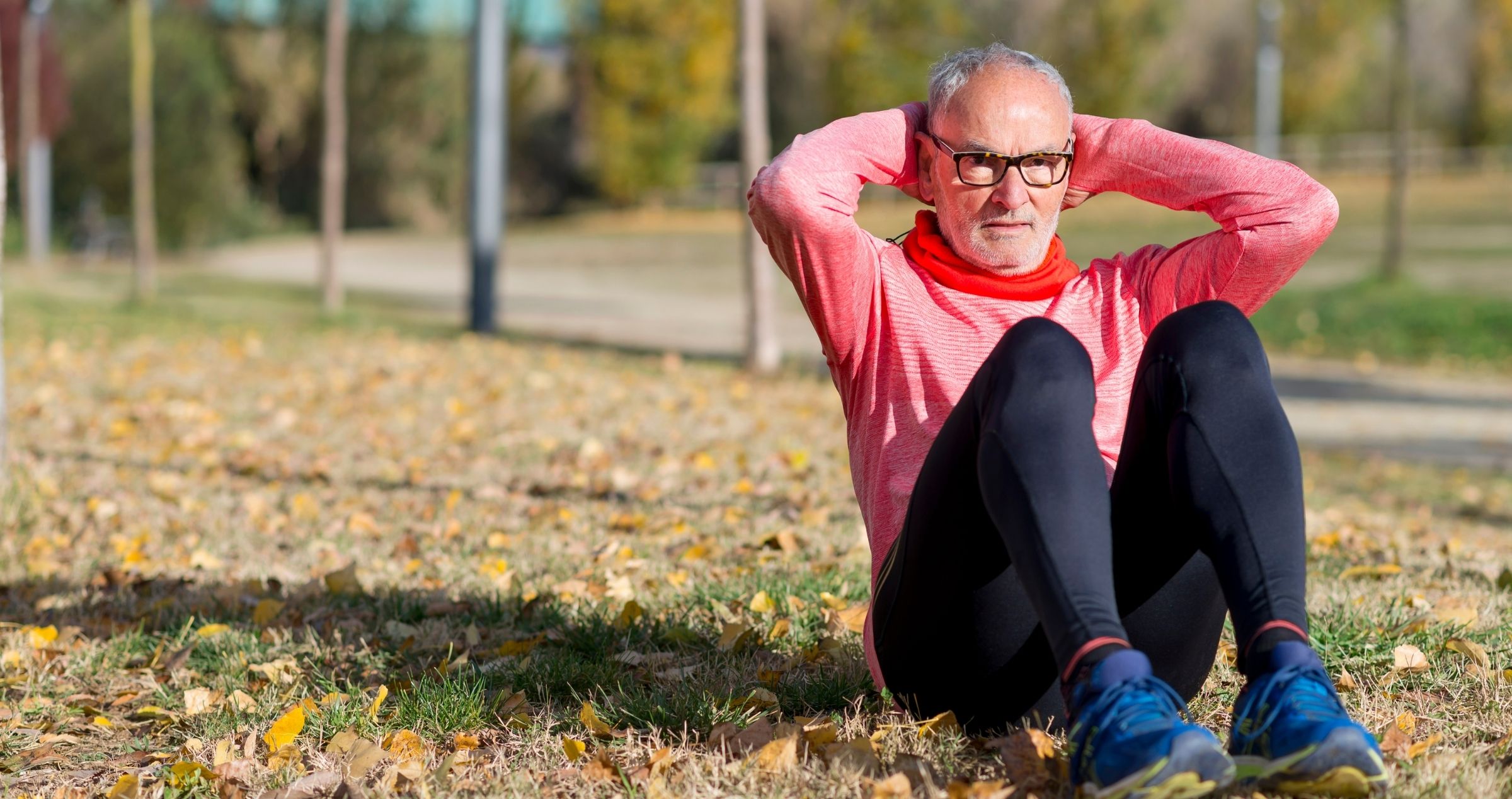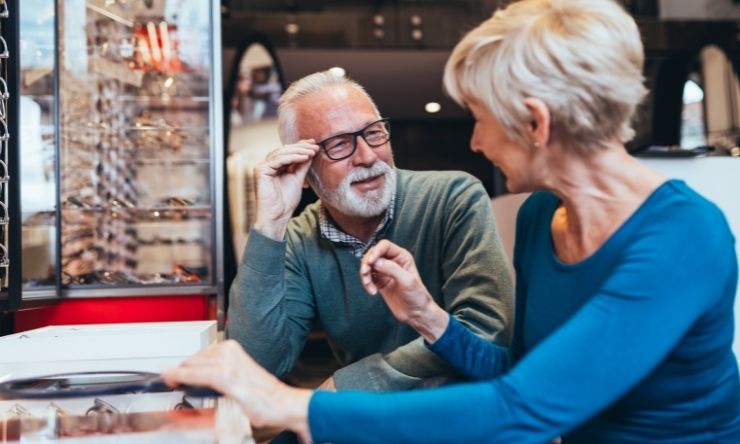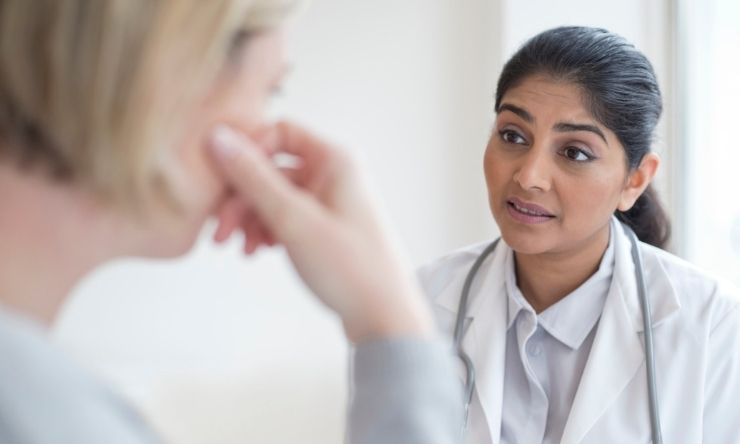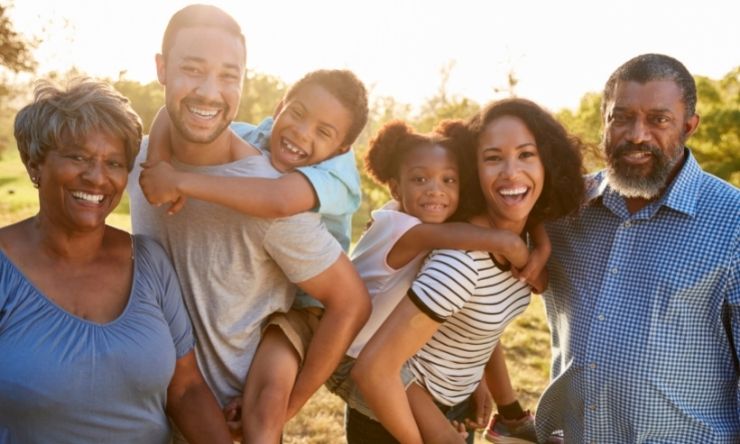Share
Exercise is good for our overall health, including eye health. Several studies have also confirmed that people who are more physically active tend to have a lower risk of developing glaucoma. But does the type of exercise matter and, if so, which exercise is the best?

Between 1998 and 2007, when the Gen2 participants of the Raine Study were 8-17 years old, we asked their parents how physically active their children were. Additionally, the Gen2 participant underwent a heart (cardiovascular) fitness test when they were 14 and 17 years old by riding a spin bike while their heart rate was measured. The physical working capacity, which is an estimate of the cardiovascular fitness used for children and adolescence, was calculated using the results of the spin bike and heart rate measurement. When these Gen2 participants were all grown up (at 20 years old), we asked them again how physically active they were, how much walking, exercise, and moderate and vigorous physical activity they did in a week. We then studied how these physical activity and cardiovascular fitness measurements were linked with the retinal nerve fibre layer thickness.
We did not find any link between parent-reported levels of their child’s physical activity or participant-reported levels of their own physical activity. However, we did notice that participants who had greater cardiovascular fitness at age 17 also had thicker retinal nerve fibre layer. We are not quite sure how the health of the retinal nerve fibre is linked to cardiovascular fitness. However, because better cardiovascular health (which can be achieved by performing regular aerobic physical activities such as swimming, cycling, and running) is associated with better blood flow, some scientists believe this improved blood flow could also be beneficial to the retinal nerve fibres.
There have been concerns that some forms of exercise, such as weightlifting or certain yoga positions, may elevate IOP. However, it is unlikely that these have a significant effect given that most people do not hold a downward dog position for too long!
Even after someone has been diagnosed with glaucoma, it is important to maintain or even ramp up physical activity and exercise, even if it is challenging. This is critical for physical health and strength and to preserve independence and quality of life, which help people better self-manage their glaucoma.




